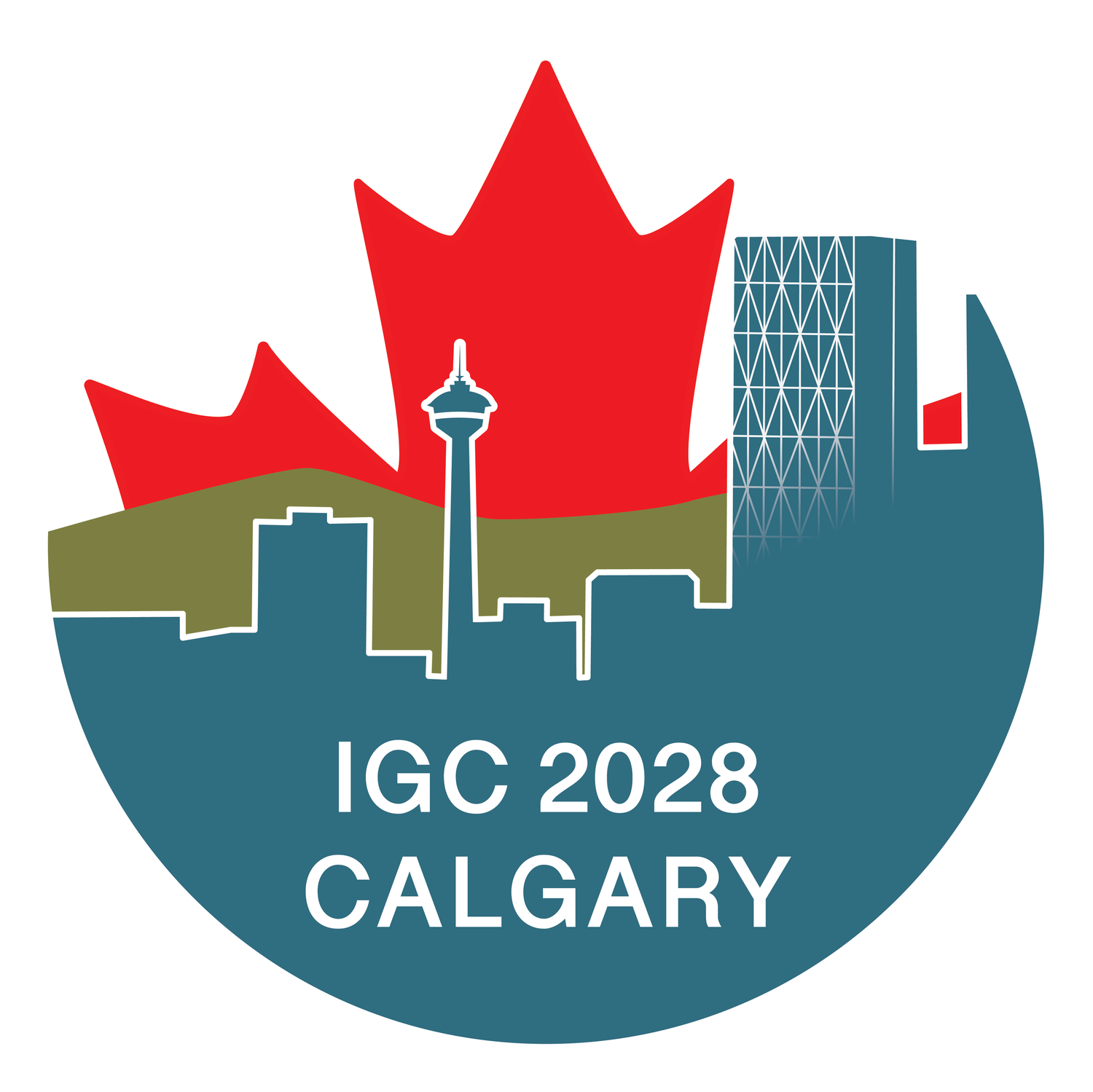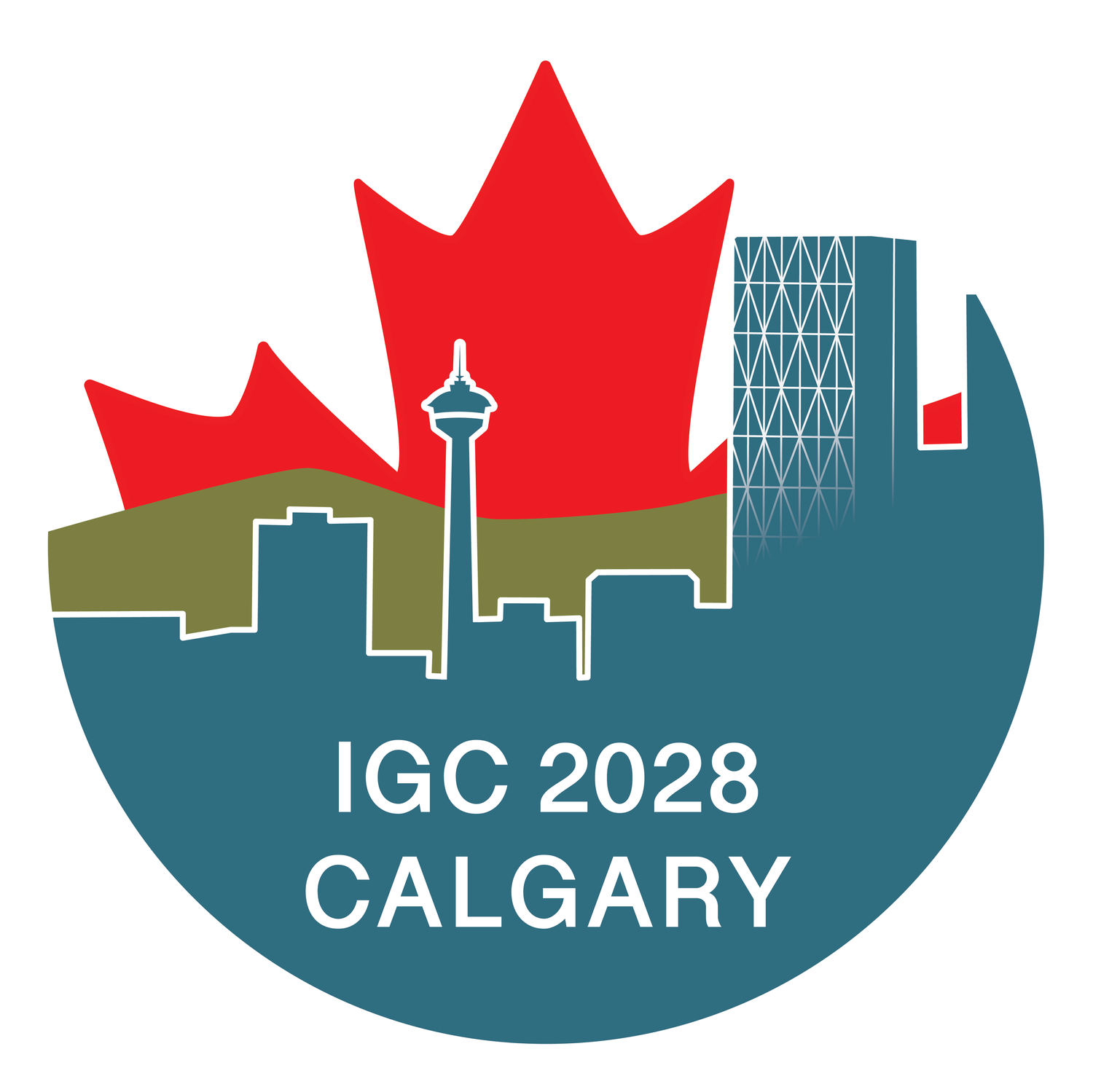
Regional & Multi-Day Excursions
Many of the possible geoscientific excursions for this proposed 38th IGC will pass through scenic regions of North America. In addition, family- or individual-based recreation and touring activities such as camping, hiking and river rafting can be readily incorporated before and after the Congress.
Locations include:
North American Arctic
The Interior Plains
The Canadian Shield
The Great Lakes/ St. Lawrence Lowlands Region
The Appalachians
Cordillera and Western Offshore
Excursions across the United States of America
Excursions across Mexico
Western Greenland
The vast northern territories (Yukon, Northwest Territories, Nunavut) encompass over 40% of the Canadian landscape; while Alaska is more than twice the size of the next largest state in the United States. It has long been a priority of the geoscience community to conduct mapping and research in the Arctic; the result has been to resolve the incredibly long geological history and to uncover new mineral resources. These field trips will portray some of the more recent findings.
Suggested excursions include Baffin Island, Sverdrup Basin, and Yellowknife.
Click here to find out more.
Image credit: Steve Grasby
This huge area lies between the western edge of the Canadian Shield and the Cordillera.
Geologically it encompasses rocks that range from Cambrian to Tertiary in age, although much of these lie beneath glacial deposits of various thicknesses.
Potential field trips are described; many more are possible.
Click here to find out more.
Image credit: Dan Power @power_stills/ Travel Alberta
The Canadian Shield encompasses about eight million km2 in Canada and forms the core of the North American craton. Most of this region is covered in bogs and boreal forest that have developed following the last glaciation. The Shield has the oldest dated rocks on Earth 4.56 billion years, and a complex history of plate collisions, multiple episodes of mountain building and subsequent erosion. This long geological legacy has provided a vast mineral wealth that is expressed in nickel and copper sulphide deposits, iron and gold and other more exotic minerals.
Several field trips will visit this area.
Click here to find out more.
Image credit: LB/ Flickr/ Pinterest
The Great Lakes/ St. Lawrence Lowlands Region
This area lies to the south of the Canadian Shield, extending from southwestern Ontario through Montreal to Quebec City. The region is covered in parts by substantial thicknesses of glacial deposits with occasional areas where the Paleozoic rocks are exposed. It is also where the greatest population density in Canada exists.
Although this area is far from the Calgary Congress venue it is on direct travel routes from Europe, the Middle East and the Indian sub- Continent with major international airports at Montreal, Toronto and Ottawa.
Click here to find out more.
Image credit: Murdoch McKinnon
The area south of the St. Lawrence River and trending into both the United States and through the Maritime Provinces to Newfoundland is part of the Appalachian orogenic belt. Rocks that are exposed in this region date from the latest Precambrian into the Mesozoic, with much of the modern topography a result of Cenozoic uplift and erosion.
Access to these eastern field trips would be made through Halifax, Montreal or Boston, Massachusetts.
Click here to find out more.
Image credit: Destination Canada
Cordillera and Western Offshore
The Cordillera of western Canada extend from the Interior Plains to the west coast. Composed of folded and thrusted rocks that are largely Paleozoic sedimentary sequences in the east and metamorphic and igneous in various exotic terranes to the west, the two areas are separated by the Rocky Mountain and Tintina trenches. The trenches mark the approximate limit of the old craton of North America.
The closest large city west of Calgary is Vancouver, where many delegates may fly into.
Click here to find out more.
Image credit: Larry Lane
Excursions in the United States of America
Montana is an easy and scenic three-hour drive south from Calgary. Waterton National Park on the Canadian side of the border offers spectacular exposures of the Proterozoic Windermere Group sedimentary succession. Glacier National Park on the immediate south side of the border is similarly geologically spectacular.
A minimum of six field trips are planned for the United States with the potential for additional trips.
Click here to find out more.
Image credit: Christina Skeith @flygirrrl/ Travel Alberta
In keeping with providing “far afield” excursions now seen in past congresses it is suggested that at least three field trips be planned for countries outside of Canada and the United States.
Two field trips have been provided for Mexico.
Click here to find out more.
Image credit: Unsplash/ Dennis Schrader
Western Greenland
There is one indicative field trip here for Greenland presented here. In western Greenland rapid melting of the ice sheet would be a suitable topic to look at both glacial geology and the role of climate change in this region.
The five-day excursion would start and end at Nuuk in western Greenland. Transportation would be by air and by boat.
Image credit: Keith Ladzinski/ National Geographic Image Collection










